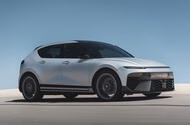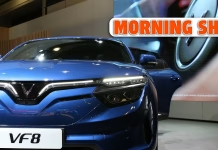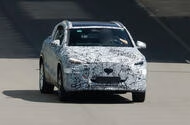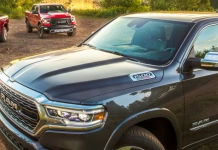California Street Race Ends in Fiery Crash, Injuries, and Police Crackdown

Outrage as Pickup Driver Who Killed Cyclists Faces Just One Year in Jail

Hyundai Ioniq 2 Set to Shake Up Affordable Electric Car Market with 2026 Launch
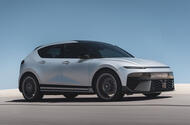 New model will lead brand's push for more customers in key markets
New model will lead brand's push for more customers in key markets
Hyundai is readying an affordable rival for the Renault 4 as it looks to reinforce its position in Europe and get significantly closer to its Kia sibling for sales success.
The imminent arrival of the Bayon-sized EV, which is likely to be badged Ioniq 2, shows the breadth of Hyundai’s expanding line-up as it pushes into the booming new electric hatchback segment. The move is intended to bring new buyers to the brand.
In the first half of 2025, Hyundai sold 265,680 cars in Europe, just 7939 behind its Kia sibling.
The arrival of the Ioniq 2 is most notable because it will push the Korean brand into a completely new segment. Understood by Autocar to be twinned with sibling brand Kia’s incoming EV2, the Ioniq 2 will plug the gap between the compact Inster and the Kona Electric in Hyundai’s current six-strong electric vehicle line-up.
Pictures of the car testing confirm that it will be close in size to the combustion-engined Bayon, giving the brand a foothold in a segment that is growing in popularity with the launch of the Renault 4 this summer and the imminent arrivals of the Volkswagen ID 2X and Skoda Epiq.
The model is set to be revealed at the Munich motor show next month and will go on sale in the third quarter of 2026. It is understood that Kia’s EV2 will arrive a few months before it.
Hyundai Europe boss Xavier Martinet told Autocar: “We are very much involved with the electrification of our line-up and to increase our electrified mix in the coming years.”

These spy shots confirm that the Ioniq 2 will be a raised hatchback with a raked roofline, similar in positioning to the incoming ID 2X. Under that heavy camouflage, the design at the front is expected to mirror that of the new Ioniq 6, with slimmed LEDs and an aggressively styled ‘technical’ look.
Inside, the Ioniq 2 will have a more tech-focused cabin than that of the hybrid-powered Tucson. Offering what Hyundai refers to as a “step change” in usability for its models compared with the current Ioniq line-up, this includes a combined instrument and infotainment display set-up that spans roughly half the width of the dashboard.
Like the EV2, the Ioniq 2 will be built on the scalable E-GMP platform used by nearly all EVs in the Hyundai Motor Group, comprising Hyundai, Kia and Genesis.
It’s therefore likely to get a similar set-up to that of the slightly larger Kia EV3, which is offered with either a 58.3kWh or an 81.4kWh battery pack for ranges of 267 and 372 miles respectively. All versions of the EV3 are powered by a single electric motor that sends 201bhp and 209lb ft to the front wheels.
Pricing for the new crossover is likely to be close to that of the EV2, at around £25,000.
British Startup Longbow Assembles Auto Legends to Launch Lightweight Electric Sports Cars Ahead of...

VinFast Rethinks US Strategy as GM Revives Driverless Ambitions
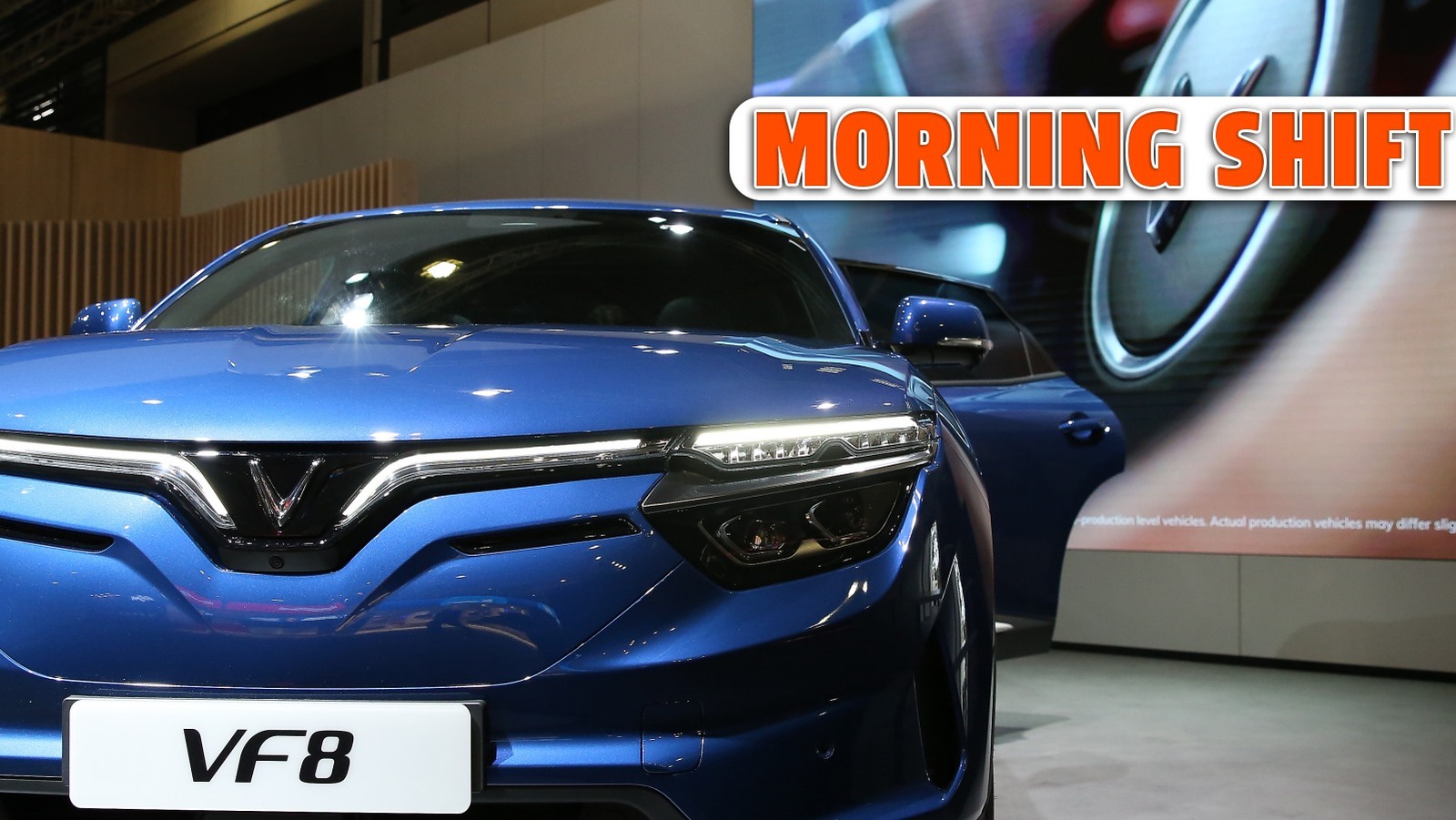
Next Generation GLA Crossover Unveiled With Sporty Design and Choice of Electric or Hybrid...
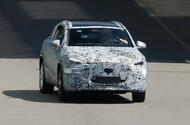 Entry-level crossover will replace today's second-generation ICE GLA and first-generation electric EQA
Entry-level crossover will replace today's second-generation ICE GLA and first-generation electric EQA
Mercedes-Benz is taking direct aim at Volkswagen Golf and ID 3 with its new third-generation GLA crossover.
The smallest member of the brand’s MMA-based compact car family will be sold in both electric and hybrid forms, replacing the first-generation EQA EV in the second half of 2026 and the second-generation ICE GLA in early 2027.
Pictures of the new GLA testing reveal that it will have a sportier, more coupé-like silhouette than today’s model, with a distinctive front end featuring Mercedes' new 'Iconic Grille'.
Autocar understands the car is expected to grow in size to just over 4500mm in length, allowing for a more spacious interior. For comparison, the current GLA is 4410mm and EQA is 4463mm.
Although pictures have yet to be taken of the new GLA’s cabin, i'is expected to mirror the designs of the recently revealed CLA saloon and incoming GLB crossover.
They feature a free-standing full width display, AI-supported infotainment functions and more upmarket materials than today’s model – all of which aims to outclass rivals in the segment.
The electric version will also receive a frunk, something not present on today’s EQA.
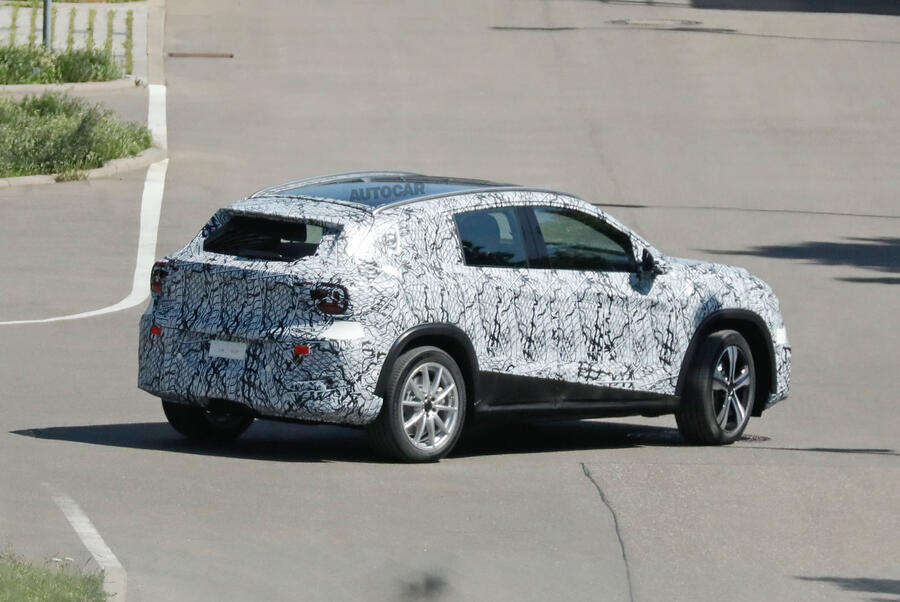
Underneath, the electric GLA will use the same 800V electrical architecture as the new CLA.
That car is offered with either a 58.5kWh LFP or 85kWh NMC battery and a top-end range of 484 miles.
Drive comes from either a single-motor or dual-motor powertrain, which deliver 268bhp and 349bhp respectively.
As with its MMA siblings, the GLA is planned to receive at least two AMG performance models featuring axial flux motors from British firm Yasa in 2027.
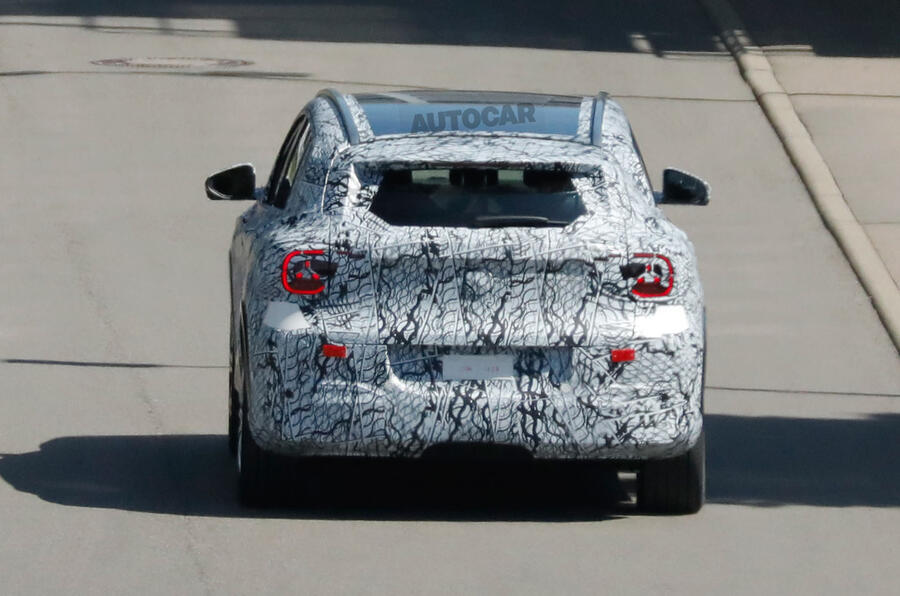
ICE versions of the GLA will also draw directly from the new CLA, using a hybridised 1.5-litre four-cylinder turbo petrol engine with 134bhp, 161bhp or 188bhp, mated to an eight-speed dual-clutch automatic gearbox.
Production will take place alongside the CLA saloon at Mercedes' recently refitted Rastatt plant in Germany.
Ram 1500 EcoDiesel Owners Set for Payouts After Fire Risk Settlement
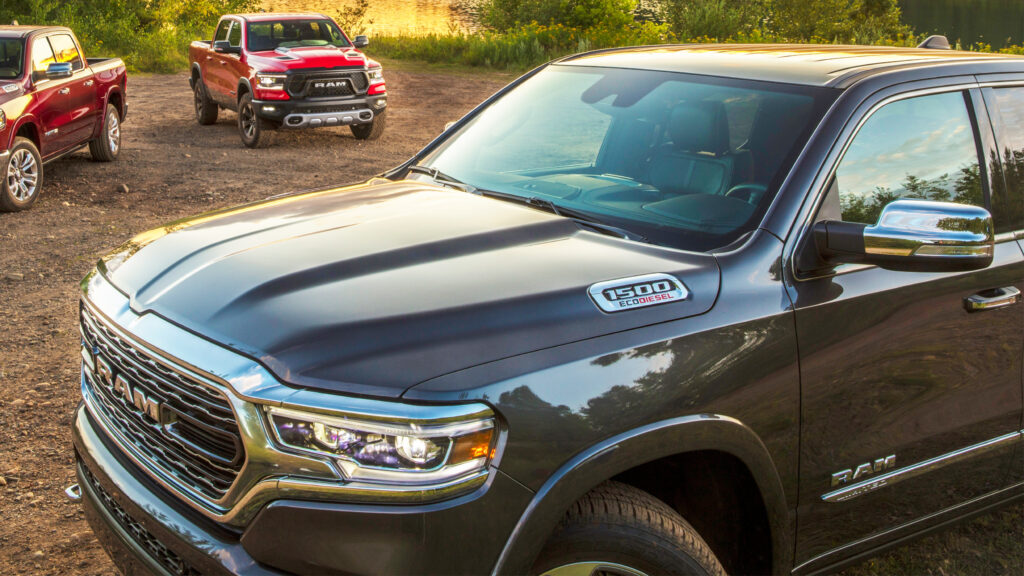
Rising Semiconductor Costs Could Drive Up Car Prices
Callum Reimagines the Vanquish as a Stunning V12 Shooting Brake for the Ultimate Collector




